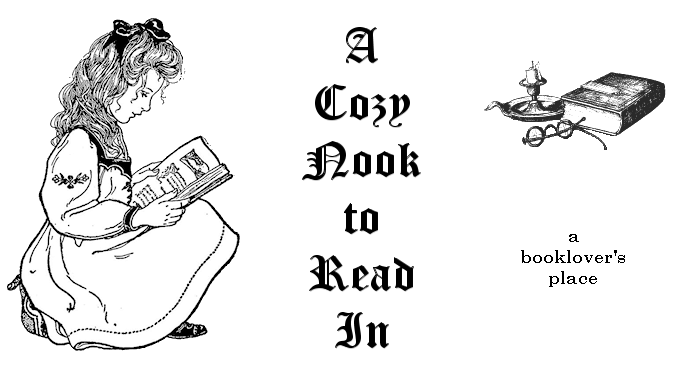It's sometimes hard to believe that
Dr. Who started as a children's historical series. The initial aim was to have the travelers on the TARDIS visit different points in history; a few fantasy episodes were thrown in for
lagniappe. Which explains why the first "exotic" adventure involved going back to the Stone Age and helping cavemen develop fire.
And then Terry Nation's Daleks screamed "Exterminate!" and nothing was quite the same again.
Writer Bill Strutton novelized two early
Who episodes, but it wasn't until Target started its paperback novelizations of the series that these took off. Novelized television episodes, along with original adventures based on television series, had a long history. Whitman's children's books had a long line of original titles based on series like
Lassie, Fury, and the
Roy Rogers Show, among others. Novelizations of popular or upcoming movies began showing up in paperback during the 1960s. In some cases, like Terrance Dicks' workmanlike
Dr. Who episodes novelizations, the author simply made a narrative out of the basic script, adding descriptions as needed. In other cases, the author expanded or added characterizations and incidents to the story with good effect: Harry Brown's novelization of the telefilm
The Gathering took a superior product and added even more intriguing layering to it; Robert Weverka's
Waltons books skilfully interwove two episodes into one story (Weverka's weaving even solved the "geography problem" in
The Magic of Lassie in which Lassie fell off a hillside in Colorado Springs, Colorado, and landed in Zion National Park, Utah).
When the BBC's Michael Grade managed what every monster, meglomaniac, and the Master couldn't do, shut down the Doctor for good, fans still clamored for more. So was born the continuation novels, "The New Adventures," and later "the Missing Adventures," which used the previous Doctors.
These novels definitely provided the finishing touch in changing
Dr. Who from a children's adventure series to a sometimes dark science-fiction series for adults. I have read only a handful of them and have been alternately interested in the clever ideas and disappointed in many things, including excessive violence, but mostly due to the writing style of most of these books. It seems that many of the writers cannot tell an imaginative story in simple, precise language anymore, opting instead for obscure points of view, stream of consciousness narratives, or a babble of words that less represents a story than a mishmash of hallucinatory prose.
The last book I finished,
Downtime, wasn't actually a
Dr. Who novelization. It is based on a drama that was presented using characters from the "Whoniverse": Victoria Waterfield, the Brigadier, and Sarah Jane Smith. I loved the story, but some of the convoluted prose describing people's takeover by the Great Intelligence I found hard slogging. It was, however, better than some of the books, including the one, title forgotten, that I finally forcefully tossed against a wall in frustration after 30 pages, and then bundled in the library donation box.
However, as obscure as some of the
Who plots can get, I can say I vastly prefer them to the
Star Trek books. I gave up on these several years ago after I read what looked to be a great adventure story in the TOS universe. After 350 pages, nothing had changed and no one had learned a thing. That was the last totally random
Trek book I bought. There are a few exceptions. I loved Peter David's
Imzadi books, for instance. (James stayed up reading the first one, and greeted me, bleary-eyed, next morning with the pronouncement, "I hate Peter David." "You thought it was that bad?" "It was that
good. I was up until 3 a.m.!") I also loved Greg Cox's
Eugenics War duology.
I also was reading the
Buffy novels and finally gave up. The writers were good enough, but the characters didn't read to me the way they appeared on the screen. The anthology
How I Spent My Summer Vacation finished me. I don't know
who these people were, but they certainly weren't Buffy, Angel, and the rest of the "Scooby gang."
